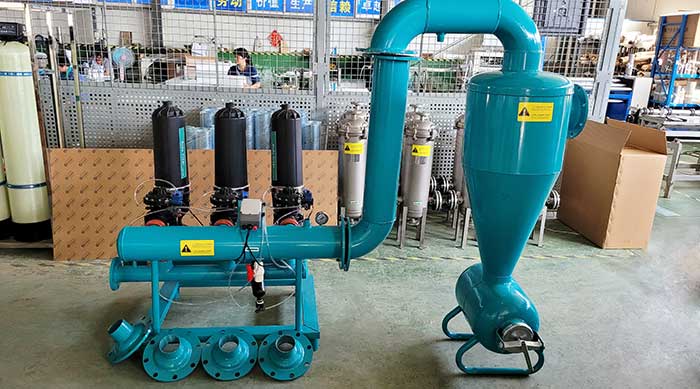Agricultural irrigation systems rely on clean water to ensure efficient water
delivery, prevent clogging of emitters or sprinklers, and promote crop health.
However, water sources such as rivers, ponds, or recycled wastewater often
contain suspended solids, organic debris, and algae that can damage irrigation
infrastructure. Disc filters have emerged as a key filtration technology to
address these challenges, offering high efficiency, low maintenance, and
adaptability to diverse agricultural settings.
How Disc Filters Work
Disc filters consist of stacked polymer discs with precisely engineered grooves and spacers. When water flows through the discs, particles are trapped in the interstitial spaces between the grooves. Grooves on disc surfaces form a 3D filtration matrix, capturing particles as small as 5–200 microns depending on disc specifications.Contaminants like sand, silt, algae, and organic matter are retained on the disc surface.
Backwashing
Automatic or manual backwashing reverses water flow to flush out accumulated debris, restoring filtration capacity.
Self-cleaning systems minimize downtime and labor costs.
High Filtration Efficiency
Removes 95–99% of suspended solids, protecting drip lines and micro-sprinklers from clogging.
Maintains consistent flow rates and pressure in irrigation networks.
Low Maintenance
Robust polymer discs resist corrosion and chemical degradation, even with fertilizers or pesticides in water.
Automatic backwashing reduces manual intervention.
Water and Energy Savings
Prevents emitter clogging, reducing water waste and energy consumption from pump overuse.
Extends the lifespan of irrigation equipment.
Scalability
Suitable for small farms to large-scale agribusinesses, with modular designs for easy capacity expansion.
Disc filters are a cornerstone of modern agricultural irrigation, offering reliable protection against waterborne contaminants while enhanc


